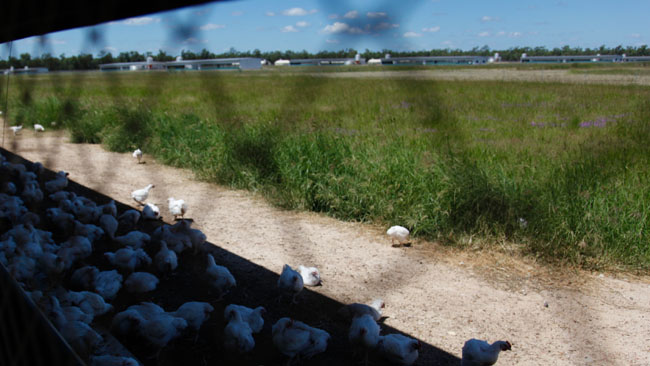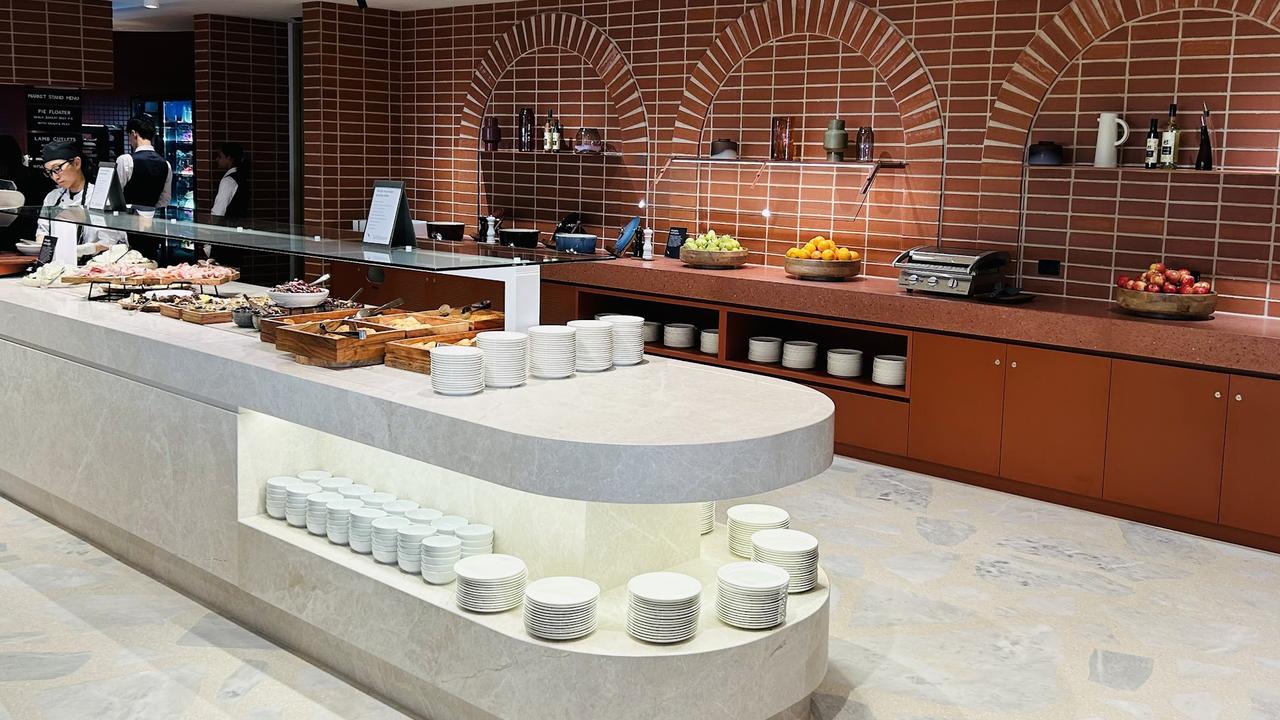Organic versus free-range: Which chicken is best?
WHEN you hit the poultry aisle while doing the grocery shopping, should you go organic, or do you opt for free-range or neither?

WHEN you hit the poultry aisle while doing your weekly grocery shopping, it's no longer as simple as just grabbing the nearest pack of chicken thigh fillets.
Do you go organic, or do you opt for free-range?
Both look equally appealing to the buyer's eye - both packaged to appeal to a health-conscious customer, advertising lean cuts of chicken, low in kilojoules and high in omega-3 from a bird that has enjoyed access to the outdoors.
But what about the hidden differences such as hormones, antibiotics and chemicals? Safe to say there’s still a large amount of uncertainty regarding the age-old cooked chook.
Here are the facts:
Many free-range brands advertise that they are free from unnatural additives or processes, but unless they are formally certified by Australian Certified Organic (ACO) and Free Range Egg and Poultry Australia (FREPA) this cannot be guaranteed.
Formally certified organic accreditation - which is a membership-based process and comes with it a logo on packaging - signifies whether the chicken is free from unnatural additives or processes. Most brands don’t actually hold this accreditation.
Certified Organic producers are also audited on a regular basis and have developed exacting processes in order to maintain their accreditation.
For industry leaders Inglewood Farms Organic, this means operating under a 'closed loop' management system, meaning the company hatches their own chickens, feeds the birds using most of their own organic grain, recycles farm waste and rears the birds in open areas so the chickens have access to 45 per cent more outdoor space than accredited free-range birds.
Conventional chickens are intensively raised to be ready for consumption in as little as 32 days, while organic chooks are slower to reach maturity with a recommended age of 60 days, which adds to the heftier price tag.

Here's what the health experts say:
Highly regarded Clinical Nutritionist and Health Coach Sally Joseph says that certified organic poultry is the only poultry product that is 100 per cent guaranteed to be antibiotic-free.
"Antibiotics can be fed to conventional chickens to accelerate weight gain and treat or prevent disease.
"Free-ranging chickens can be treated with therapeutic antibiotics under veterinary direction and sold with the use of coccidiostats [a chemical agent added to animal feed]", Sally, author of Eat Yourself Healthy in 28 Days, tells news.com.au.
A recent study released by the National Health and Medical Research Council (NHMRC) in Canberra last month confirmed that as a nation we are eating too much of the wrong foods, with poor nutrition to blame for more than half the deaths in Australia.
The study revealed that if current trends continue, 83 per cent of men and 75 per cent women will be overweight or obese by 2025.
Joseph, whose clients include Miranda Kerr, Layne Beacheley and Michael Slater, recommends a diet as free as possible from exposure to chemical additives.
"Organic chickens contain higher omega 3 essential fatty acid levels because of greater access to forage for their natural diet and the organic feed they are supplemented with is more nutritionally balanced."
Here's what the chicken experts say:
"Just because a chicken roams free, doesn’t mean it’s not fed antibiotics, supplements, or coccidiostats", a representative for Inglewood Farms Organic, tells news.com.au.
"Most [consumers] believe that free range is organic which is not true, Joseph adds.
What is clear is that organic birds are raised without the use of antibiotics, hormones or coccidiostats and the ration is also guaranteed free of chemicals, herbicides and fertilisers.
"Both organic and free range birds are given fresh air, sunshine and space to grow, but this is where the similarities between organic and free range chicken ends,” says Joseph.

But what about the price?
Customers are often deterred from purchasing organic poultry due to sheer economics. There's no denying that organic produce is more expensive, but consumers are left in the dark as to why this is so.
Chicken, which is Australia's most popular meat, is not alone in this. The cost of other dietary sources of organic animal protein, such as beef, lamb and seafood also comes with a higher price tag.
This is simply because is costs more to produce and distribute.
A recent study by Suncorp Bank reveals an average of 79 per cent difference in price between organic and conventional produce.
Free range chicken retails at around $18 per kilo for breast fillets, while organic supplier Inglewood sits at $29.90 per kilo.
But, when compared to non-organic prime beef (Eye Fillet steak) or seafood (Barramundi) which retail around $47.99 per kg and $43.99 per kg respectively, the organic chicken choice looks quite reasonable.
Joseph confirms that organic is more expensive because it costs more to ensure there's no exposure to "quick fix" chemicals and to ensure higher Animal Welfare standards.
So, what do we know?
Food is even more on-trend than fashion right now, and the conventional versus organic debate is at an all-time high.
Once upon a time, details about the bird's origin and wellbeing might have fallen by the wayside, but shoppers’ growing hunger for healthy and sustainable foods is a reflection of our increasing awareness about what we are eating, where it has come from and what we are feeding our families.
With the Australian Organics industry now worth an estimated $1.27 billion and predicted growth up to 15 per cent each year, the facts speak for themselves - consumers are willingly splashing their cash for a healthy and happy chook.




